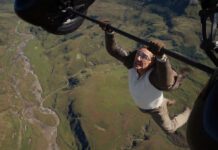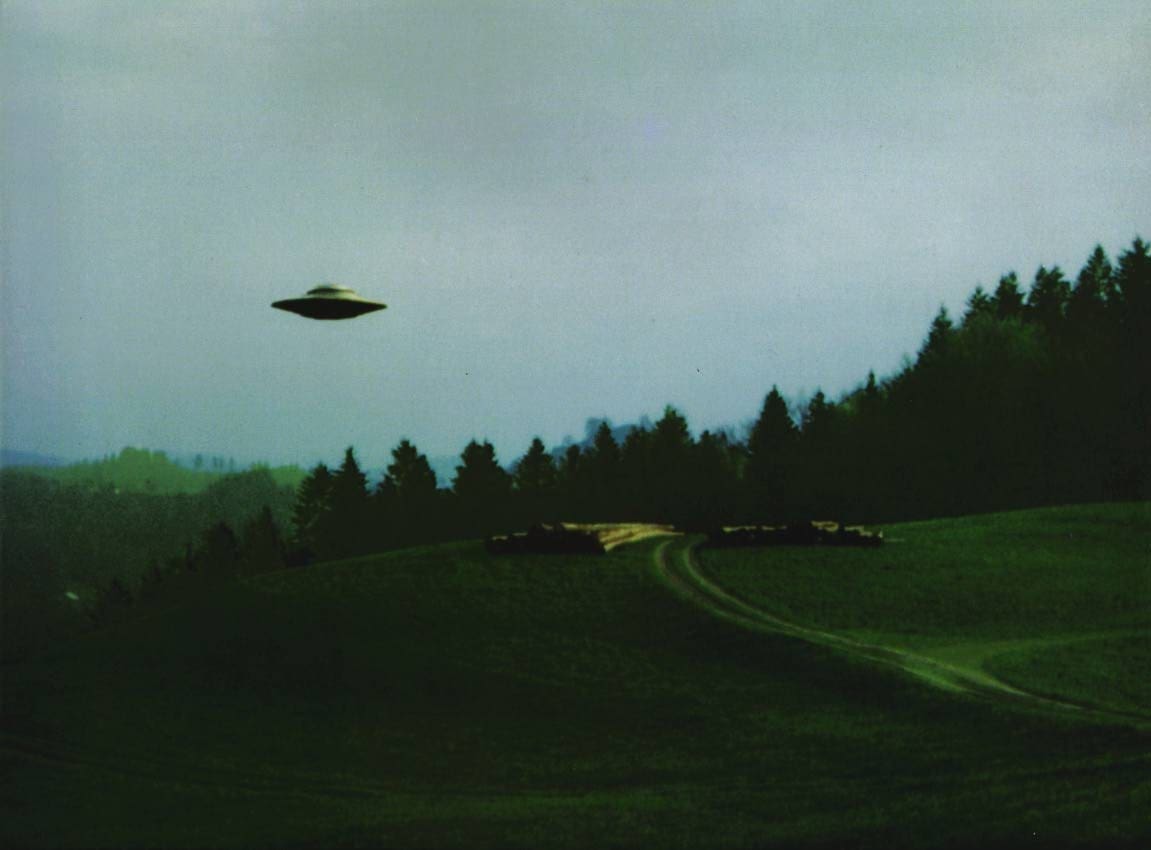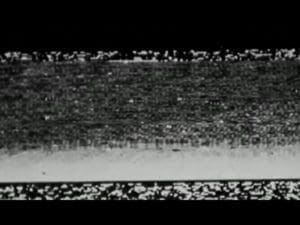
More than half of the space probes humanity sends to Mars go missing. For lander missions, the failure rate is even higher; more than two-thirds go MIA. This “curse” was even playfully nicknamed “The Great Galactic Ghoul” by Time Magazine journalist Donald Neff, which went on to inspire an episode of the X-Files. In all likelihood, the technical challenges of sending a robot to another planet explain these failures, but it’s still fun to think of it this way.
When the Mars 3 Probe landed in 1971, it was the first probe sent to Mars that managed to send a signal back from the surface. This triumph of Soviet engineering lasted all of 14. 5 seconds before failing for unknown reasons. No useful information was received. It seems the GGG had struck again.
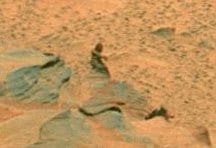
The case went cold until earlier this month when astute Russian civilians spotted what could be the probe’s remains on publicly available photos from NASA’s Mars Reconnaissance Orbiter. The images came from the HiRISE camera, which was developed and built at the University of Arizona.
The search for Mars 3 was headed by Vitali Egorov, who lives in Saint Petersburg in the Russian Federation. He runs the largest online Russian community about Curiosity. Egorov started by modeling what Mars 3 would look like in images from HiRise, then crowd-sourced the search for the probe. Egorov’s team received help from Arnold Selivanov, who was part of the original team that crafted Mars 3 and Vladimir Molodtsov, an engineer with a Russian Federation aerospace company called NPO Lavochkin.
In a JPL press release, Egorov was quoted as saying:
I wanted to attract people’s attention to the fact that Mars exploration today is available to practically anyone. At the same time we were able to connect with the history of our country, which we were reminded of after many years through the images from the Mars Reconnaissance Orbiter.
The principal investigator for HiRISE, Dr. Alfred McEwen of the University of Arizona, expressed cautious optimism about the find in a NASA press release.
“Together, this set of features and their layout on the ground provide a remarkable match to what is expected from the Mars 3 landing, but alternative explanations for the features cannot be ruled out,” said Dr. McEwen. Dr. McEwen follows up with a call to further examination: “Further analysis of the data and future images to better understand the three-dimensional shapes may help to confirm this interpretation.”
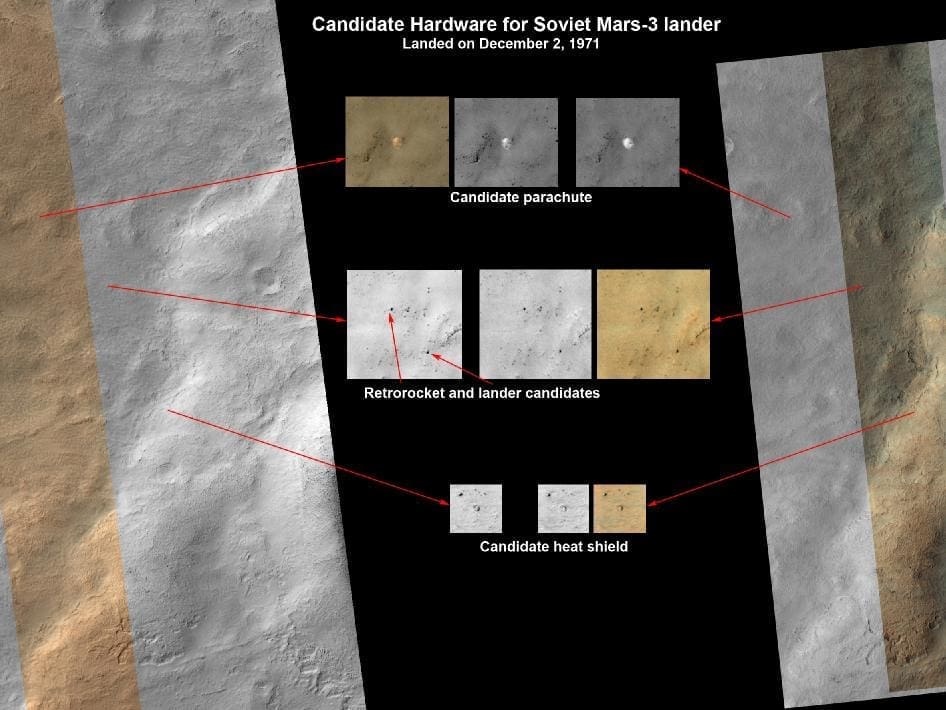
The images include several of the key features Egorov predicted. The candidate images appear to include a parachute, retrorocket, heat shield, and the lander itself. The retrorocket was attached to the lander by a chain, and the candidate image even includes a linear shadow resembling the chain. The alleged parachute, 12 meters in diameter is the most distinctive candidate feature. It appears to be the correct size and brightens from image to image, as a parachute would from changes in illumination or shaking dust off in the wind.
[SlideDeck2 id=9668]
Robert is a science geek with a passion for science fiction. He has a BS in general biology and currently works in an occupational health lab at The University of Arizona. Additionally, Boumis has published three short stories, all science fiction, and does costuming in his spare time. His interests include classic science fiction novels, sci-fi films, filmmaking, UFOs, and video games. Follow his Facebook here: https://www.facebook.com/pages/Robert-J-Boumis/142544852462290?ref=ts














